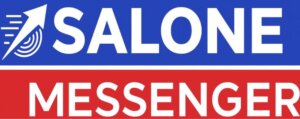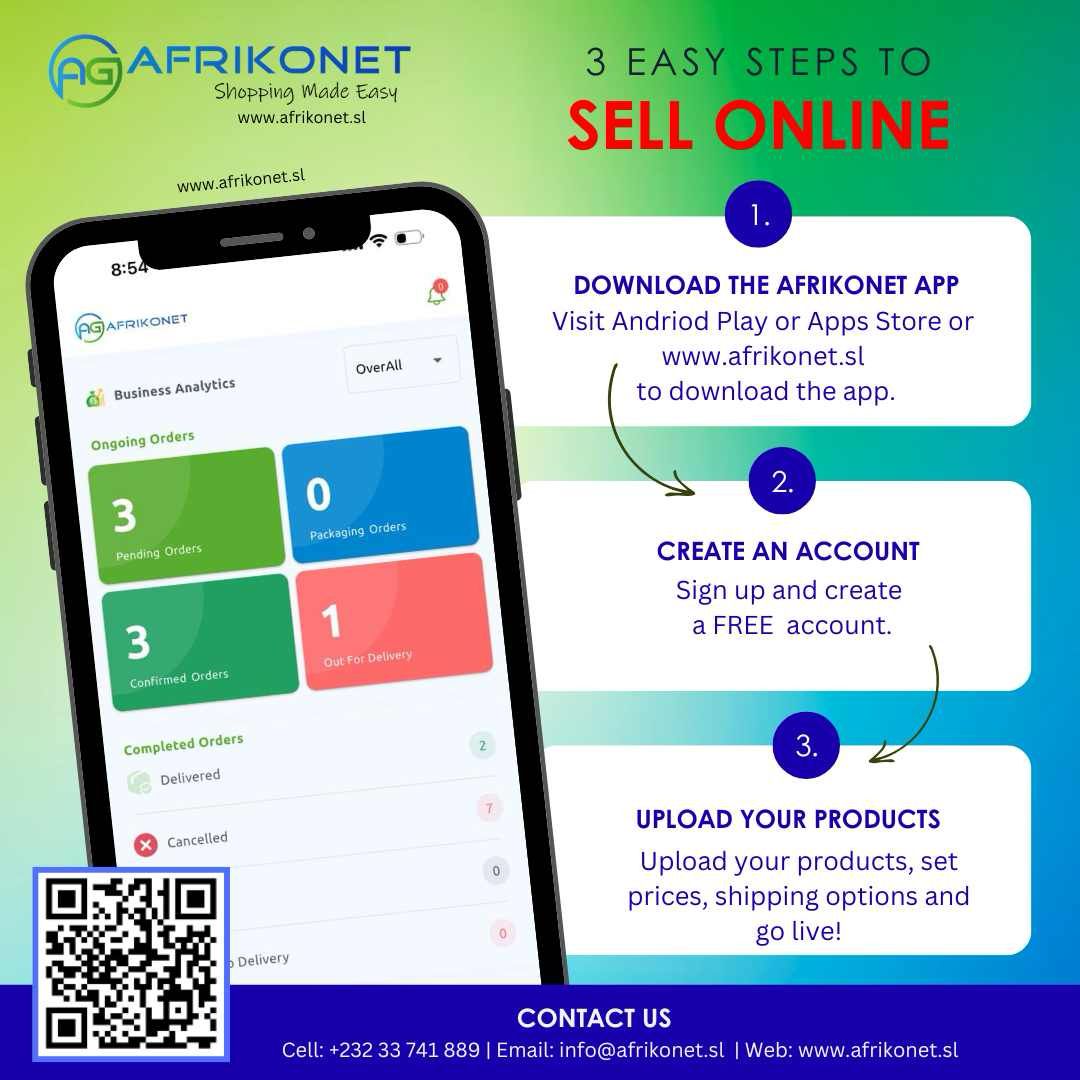Published by: Lawyers Centre for Legal Assistance (LAWCLA)
Editors: Melron C. Nicol-Wilson, Selwyn N.A. Nicol
First edition: November 2008
Focus: A simplified version of the Child Right Act 2007 (Sierra Leone)
Why this handbook matters
Many laws are hard to read. They are full of legal words and long sections that scare away the average reader. This handbook does the opposite. It breaks down the Child Right Act 2007 into clear, short explanations so that parents, teachers, chiefs, youth leaders, social workers, police officers, and even young people can understand what the law says about children’s rights and protection.
Download the Book: The Child Right Act (Simplified)
LAWCLA says its mission is to promote human rights by using the law and educating the public. This book fits that mission well. It takes a big national law and turns it into something practical and easy to follow.
What the book covers (in simple terms)
The handbook is organised in parts that mirror the main areas of the Act:
-
Children’s rights and duties:
It explains the child’s right to life, name and nationality, education, health, shelter, and leisure. It also says children have the right to give their opinion in matters that affect them. It reminds children to respect parents, study seriously, and build strong family ties. -
Parental, community, and government roles:
Parents must provide care, protection, and education—even if the parents are not married or don’t live together. Community leaders, service providers (like teachers and health workers), and local councils also have roles to promote child welfare and report abuse. The central government must plan services that help working parents and set aside funds for children. -
Structures that protect children:
The book explains the National Commission for Children and how it works independently. It also explains Village Child Welfare Committees, Chiefdom Committees, District Councils, and Family Support Units within the police. These bodies help resolve issues early, report abuse, and link families to services. -
Family Courts and Child Panels:
Family Courts handle parentage, custody, maintenance, care, and protection cases in a child-friendly way. Child Panels help solve minor disputes and encourage peace and guidance instead of punishment. -
Care orders, supervision orders, foster care, and adoption:
When a child is in danger, a court can issue a care order (moving the child to safe care) or a supervision order (keeping the child at home under close support). There are clear rules for foster care, residential homes, and adoption, with the best interest of the child always on top. -
Protection from harmful practices and abuse:
The handbook lists harmful customary practices that are illegal, including early marriage and child betrothal. It also forbids torture, cruel treatment, exploitative labour, and unsafe environments. -
Employment and apprenticeships:
It sets the minimum ages:-
13 for light work
-
15 for full-time work or apprenticeship (after basic education)
-
18 for hazardous work and for joining the armed forces
It also bans night work for children and demands proper records for young workers.
-
-
Minimum age of criminal responsibility:
The book states that a child under 14 cannot be held criminally responsible.
What stands out
-
Best interest of the child is the golden rule.
Every decision must put the child first—no discrimination, respect for life, survival, development, and the child’s own voice. -
Clear community pathways.
The step-by-step roles for village, chiefdom, and district levels help people know where to go and what to do when a child needs help. -
Strong stance on early marriage and harmful customs.
The text is very direct: 18 is the minimum age for marriage, and arranging or allowing child marriage is a crime. -
Practical tools for families.
The handbook explains maintenance orders, custody, and access in plain language so parents and guardians understand their rights and duties. -
Child-friendly justice.
Family Courts must be informal and private, and the child has the right to a lawyer and to be heard.
Who should read this book
-
Parents and guardians who want to know their duties and how to seek help.
-
Teachers, health workers, and social workers who often see child protection issues first.
-
Chiefs and community leaders who guide local customs and resolve disputes.
-
Police officers in Family Support Units who handle sensitive cases.
-
Youth leaders and young people who want to understand their rights and responsibilities.
Strengths of the handbook
-
Simple language: The editors cut out heavy legal jargon.
-
Good structure: It follows the law’s main areas and gives short explanations under each heading.
-
Action-focused: It tells you who to contact, which body handles what, and what orders a court can make.
-
Real-life relevance: Topics like birth registration, maintenance, foster care, day-care permits, apprenticeships, and child labour are handled in ways that match everyday problems families face.
A few limitations to note
-
Publication date: The handbook is from November 2008, summarising the 2007 Act. Some procedures, fines, or institutional names may be updated in later policy documents or amendments. Readers should check if any new regulations or reforms have been passed after 2008.
-
Depth on sensitive topics: While it clearly bans harmful practices and abuse, some readers may want more guidance on reporting steps, survivor support, and referral pathways (for example, what happens after reporting to the Family Support Unit, time frames, and follow-up care).
-
Local examples: The book could be even stronger with short case stories or scenarios showing how committees and courts handle common cases (e.g., maintenance disputes, school drop-outs, or unsafe apprenticeships).
Why it’s still useful today
Even years after publication, the core principles remain vital:
-
Child first.
-
No child marriage.
-
Protection from abuse and harmful work.
-
Education and health are basic rights.
-
Parents, communities, and the State share the duty to protect and support children.
For community outreach, school clubs, training sessions, or local radio programs, this handbook is a strong base text. It gives clear definitions, minimum ages, and practical roles for everyone—from parents to district councils.
Final verdict
This is a very helpful, people-friendly guide to Sierra Leone’s Child Right Act. It turns the law into plain, everyday language and shows where to go and what to do when a child needs help. While readers should confirm if there are newer updates or regulations, the book remains a valuable tool for awareness, training, and community action.








